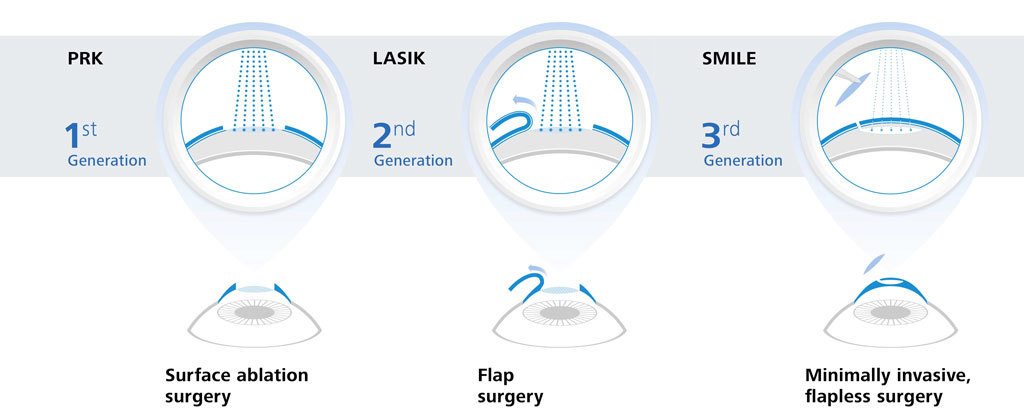Vision Correction Using Lens Substitute: A New Age In Sight

Write-Up Written By-Guldager Newton
Think of a future where you no longer need to count on glasses or call lenses to see plainly. A future where vision improvement is as basic as a quick, painless treatment.
Well, that future is closer than you may think. Introducing refractive lens exchange, an advanced strategy to fixing your vision that might alter the method you see the world.
However exactly what is refractive lens exchange, and why is it considered the future of vision correction? In this conversation, we will certainly explore the advantages, the treatment, and the prospective risks of refractive lens exchange, providing you a look right into what lies in advance for those looking for more clear vision.
The Advantages of Refractive Lens Exchange
Refractive Lens Exchange supplies various advantages for individuals seeking vision modification. By replacing https://blogfreely.net/santiago48darnell/figure-out-if-the-kamra-inlay-could-be-the-optimal-option-for-your-demands -natural lens with a man-made intraocular lens, this procedure can remedy a wide range of vision problems. Among the primary benefits of refractive lens exchange is the enhancement in visual acuity. Whether you're nearsighted, farsighted, or have astigmatism, this treatment can considerably enhance your ability to see plainly without depending on glasses or call lenses.
In addition, refractive lens exchange can additionally prevent the progression of particular eye problems, such as cataracts. This implies that not only will you achieve much better vision, however you'll also have actually a lowered risk of developing cataracts in the future.
With refractive lens exchange, you can enjoy enhanced vision and a higher quality of life.
The Procedure for Refractive Lens Exchange
When undergoing refractive lens exchange, the doctor will certainly start by making a little cut in your cornea. Washington DC Things To Do allows them to access the lens of your eye and remove it.
Right here are five vital steps associated with the treatment:
- The surgeon will carefully separate the lens utilizing ultrasound waves or lasers.
- After removing the lens, they'll place a new synthetic lens, called an intraocular lens (IOL), right into your eye.
- The IOL is made to correct your specific vision problems, such as nearsightedness, farsightedness, or astigmatism.
- Once the new lens is in location, the doctor will certainly shut the laceration with tiny stitches or self-sealing strategies.
- The whole treatment normally takes less than thirty minutes and is usually done on an outpatient basis.
Following these actions, refractive lens exchange can supply you with improved vision and reduce your dependancy on glasses or get in touch with lenses.
Possible Threats of Refractive Lens Exchange
Prior to undergoing refractive lens exchange, it is very important to recognize the potential risks related to the procedure. While refractive lens exchange is usually taken into consideration secure, like any type of operation, there are risks entailed.
One possible threat is infection, which can take place if bacteria goes into the eye during or after the surgical procedure. One more threat is the development of raised intraocular stress, which can lead to glaucoma. Additionally, there's a small chance of experiencing corneal edema, which is the swelling of the cornea.
Various other possible dangers consist of retinal detachment, macular edema, and loss of vision. It's vital to discuss these threats with your cosmetic surgeon and evaluate them against the prospective advantages before deciding.
Final thought
So there you have it, people! Refractive lens exchange is absolutely the future of vision modification. With its many benefits and innovations in technology, this treatment uses a life-altering remedy for those battling with their vision.
But remember, every increased has its thorns. While refractive lens exchange might bring clearness, it's important to be aware of the possible dangers entailed. So, prior to taking the leap, weigh the pros and cons, and seek advice from your ophthalmologist.
Besides, far better risk-free than sorry!

